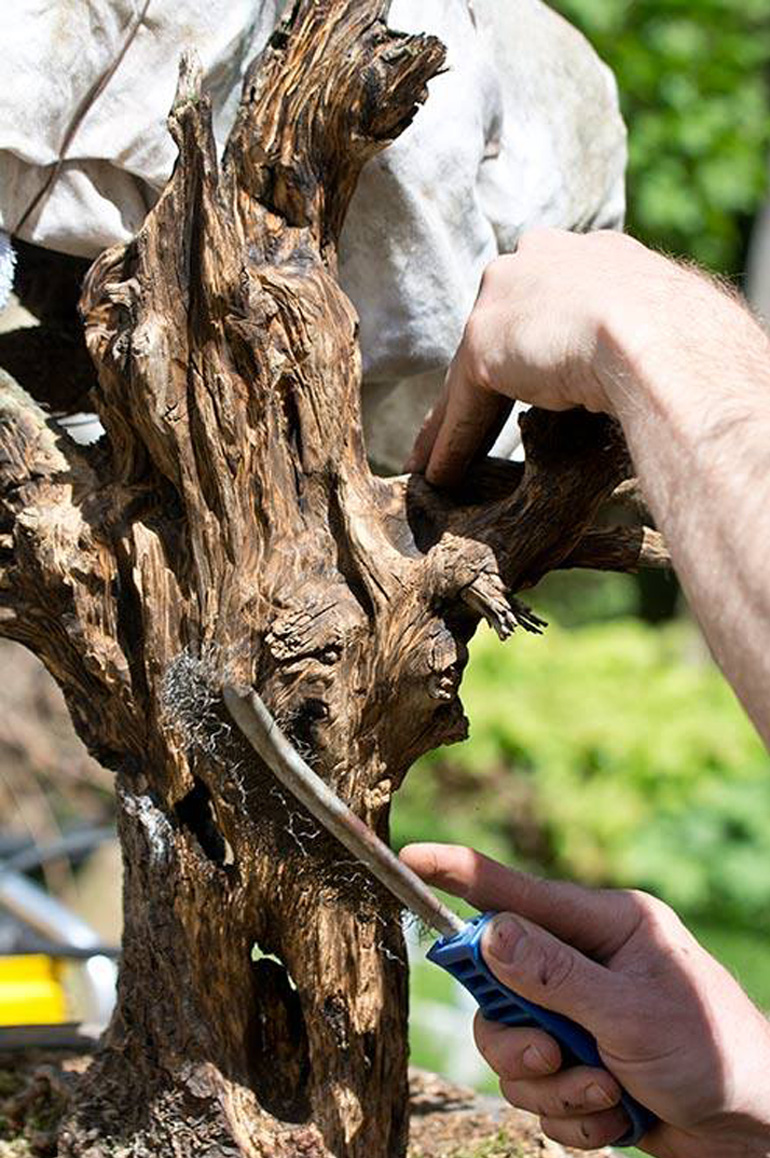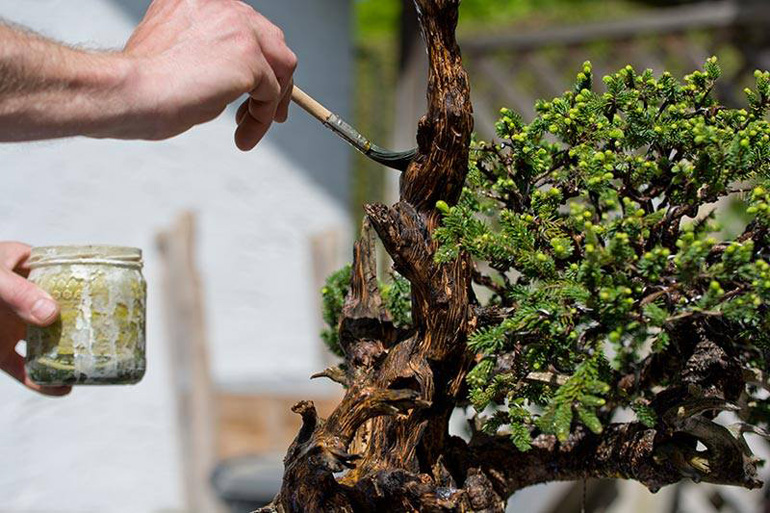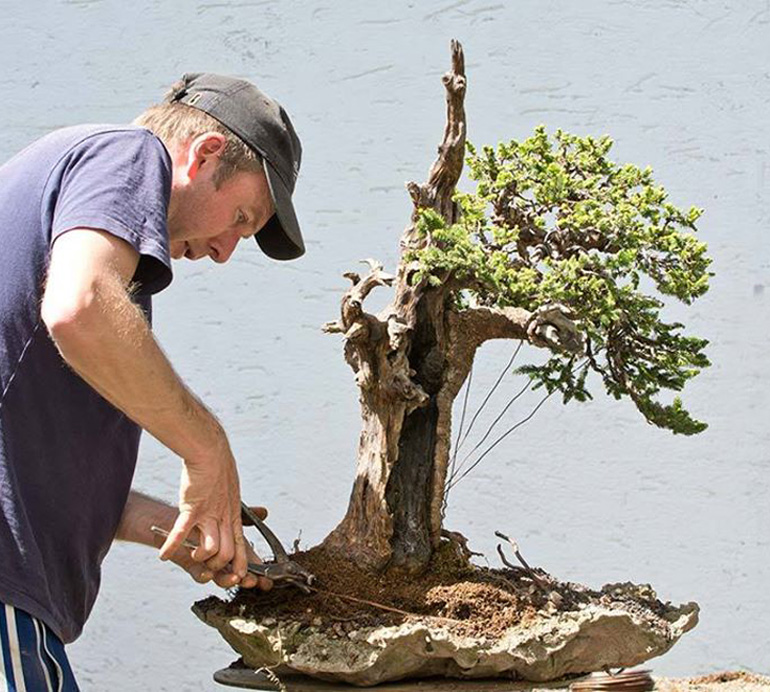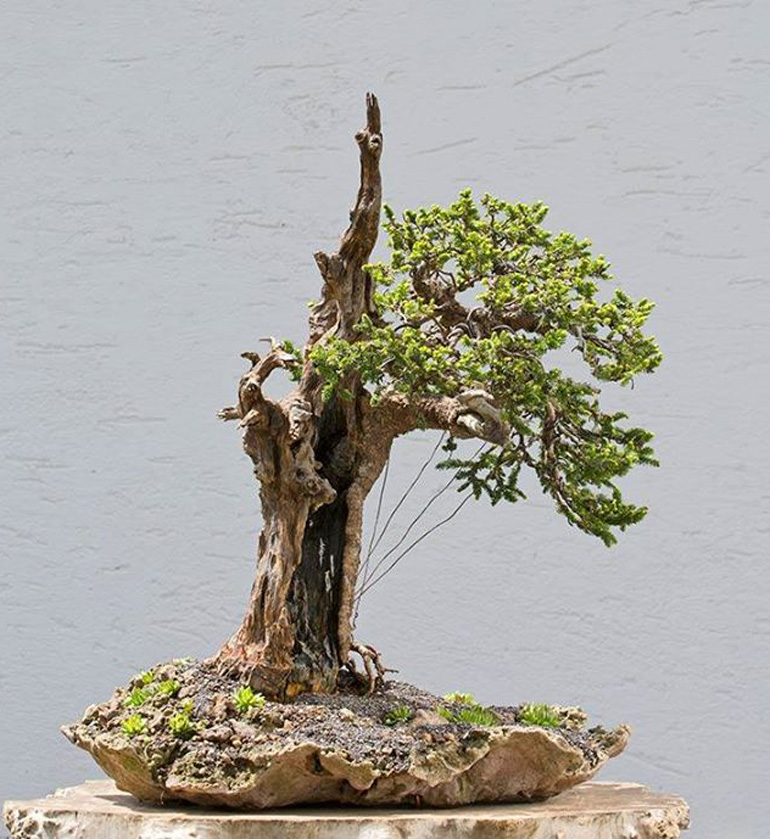 I guess we can live with the lighter. Several of the trees in Lam Ngoc Vinh's photos also have distracting tags hanging from them. Still, we'll take what we can get and in this case, what we can get is pretty good. And, speaking of pretty good, check out the facial expression on this very relaxed tea-drinker.
I guess we can live with the lighter. Several of the trees in Lam Ngoc Vinh's photos also have distracting tags hanging from them. Still, we'll take what we can get and in this case, what we can get is pretty good. And, speaking of pretty good, check out the facial expression on this very relaxed tea-drinker.
I’m a little pressed for time today, so we’ll take a journey back through our archives to 2013.
The quote below is lifted word for word from an old Art of Bonsai Project post. The same goes for the photos.
“Lam Ngoc Vinh is from Vietnam. Born in 1970, his first introduction to Bonsai came from seeing his first bonsai in a newspaper when he was just ten years old. This first view of a bonsai tree led to many years of research and experimentation with native Vietnam tropical species including fruit trees such as Toad, guava, plum, mango, lemon, peppers, and later with less used species such as rose and others.
He works with many forms including Mountain, Stone, and Landscapes, and especially Mame and Shohin bonsai. Lam is well known in his home country of Vietnam and also on international bonsai websites. His work and achievements are highly praised and he has earned many awards in Vietnam.”
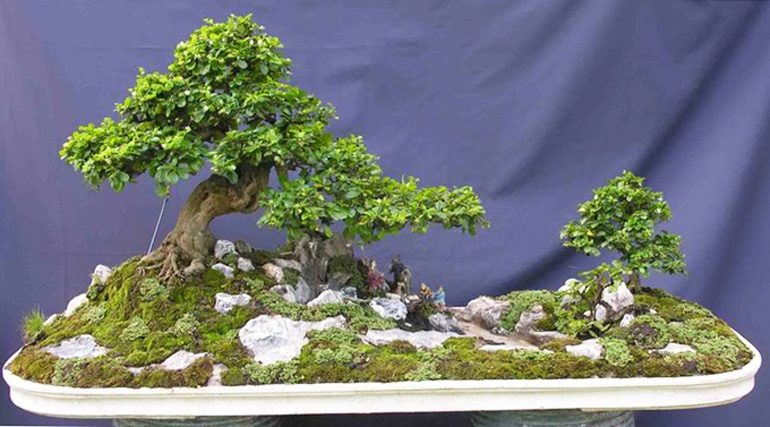 I'm not sure what the people under the tree are up to but I imagine they are enjoying themselves. And who wouldn't in such beautiful surroundings? Speaking of tags, you can barely see the tag in this one.
I'm not sure what the people under the tree are up to but I imagine they are enjoying themselves. And who wouldn't in such beautiful surroundings? Speaking of tags, you can barely see the tag in this one.
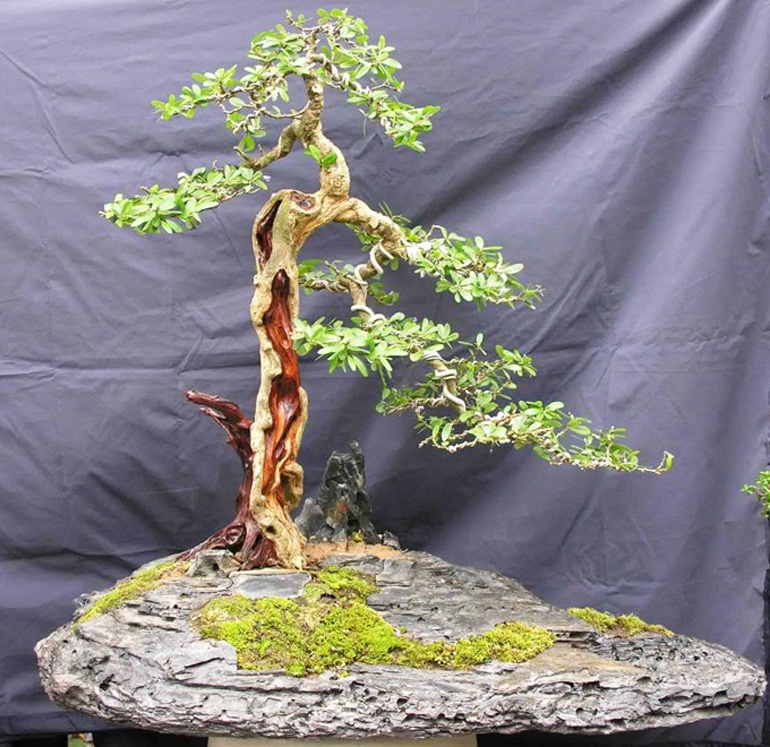 A couple questions. Have you ever seen shari (trunk deadwood) quite like this? And, where’s the soil? Not to mention the excellent overall shape of the tree.
A couple questions. Have you ever seen shari (trunk deadwood) quite like this? And, where’s the soil? Not to mention the excellent overall shape of the tree.
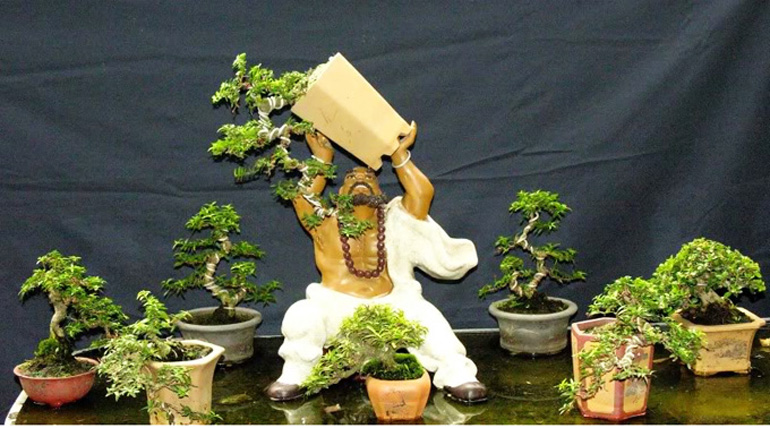 A Vietnamese strongman surrounded by some very large bonsai (or very small bonsai depending out your perspective).
A Vietnamese strongman surrounded by some very large bonsai (or very small bonsai depending out your perspective).
 Though the wire is a little distracting, I like this planting a lot. The trees and especially the rock formation seem completely natural. This natural look seems like it would be easy to achieve, but it actually requires a great deal of skill.
Though the wire is a little distracting, I like this planting a lot. The trees and especially the rock formation seem completely natural. This natural look seems like it would be easy to achieve, but it actually requires a great deal of skill.
 Another strongman. I'm not sure what this guy is up to. Maybe he wired the trunks and now he's bending them.
Another strongman. I'm not sure what this guy is up to. Maybe he wired the trunks and now he's bending them.
Our 25% off Bonsai Book Sale ends tonight, June 1st at 11:59pm EDT
As do several other Sales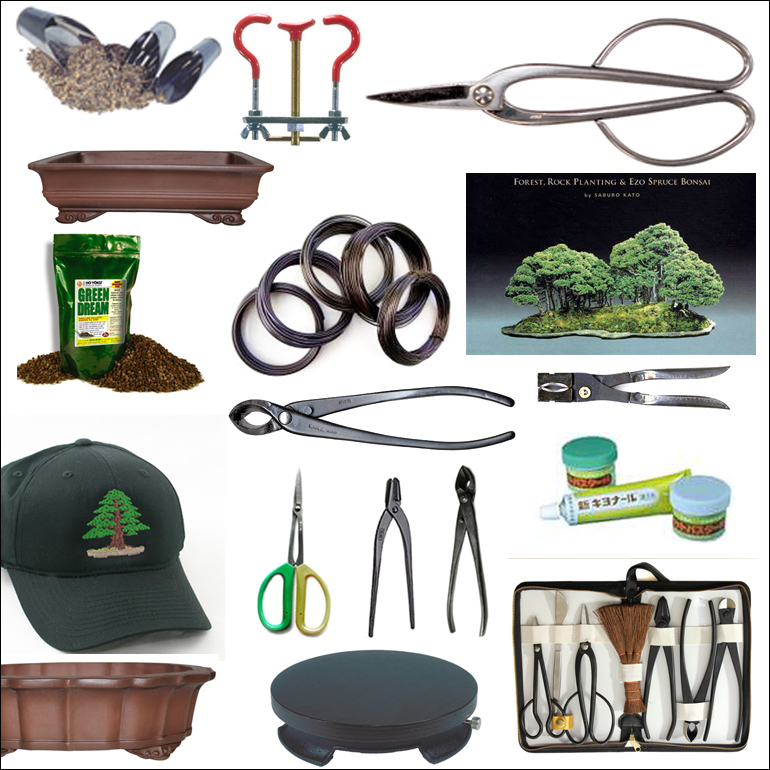
Don’t wait. Visit Stone Lantern before several sales end tonight
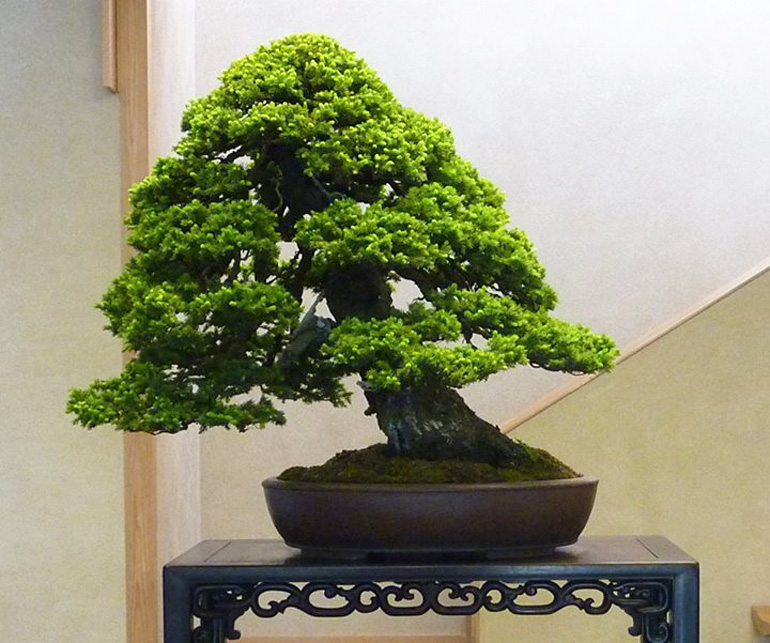
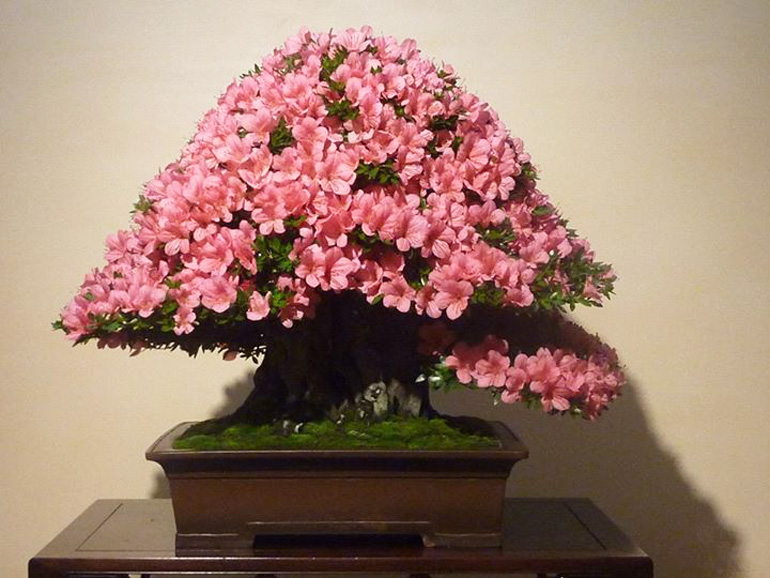
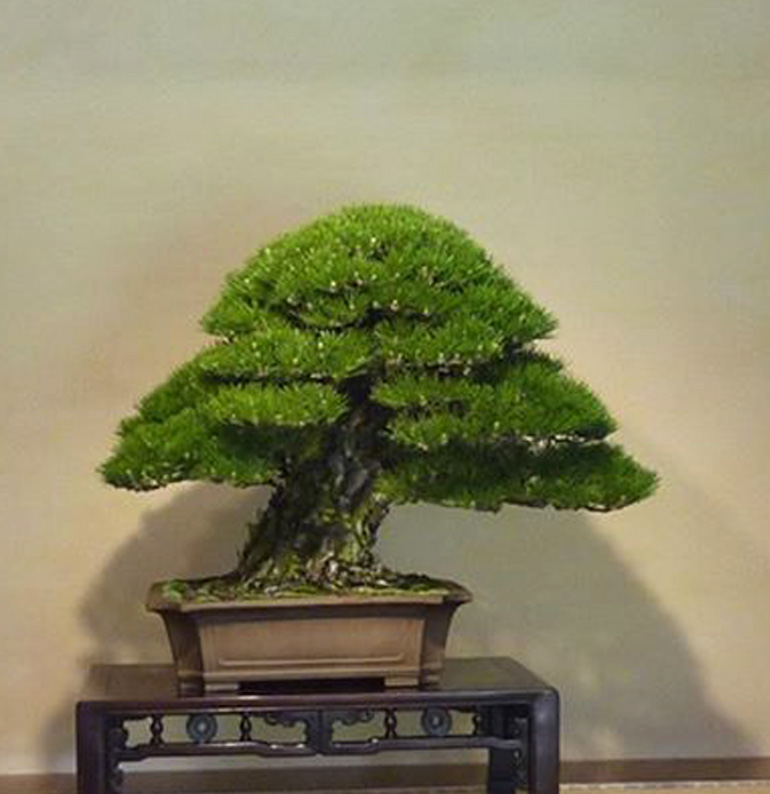
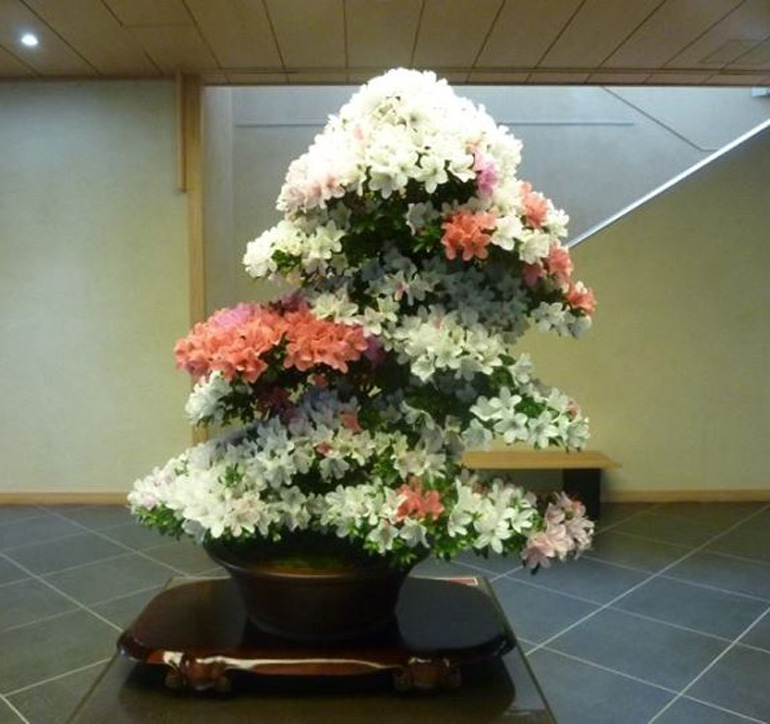
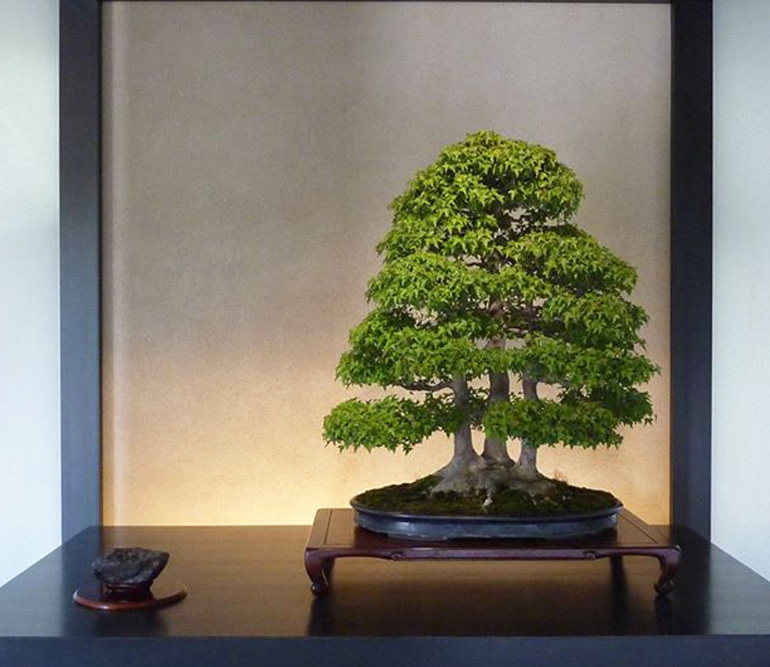
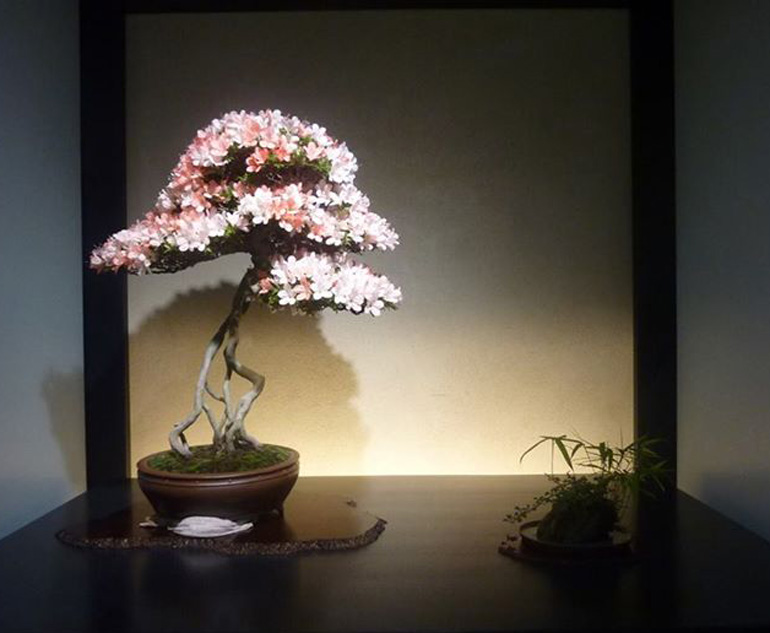
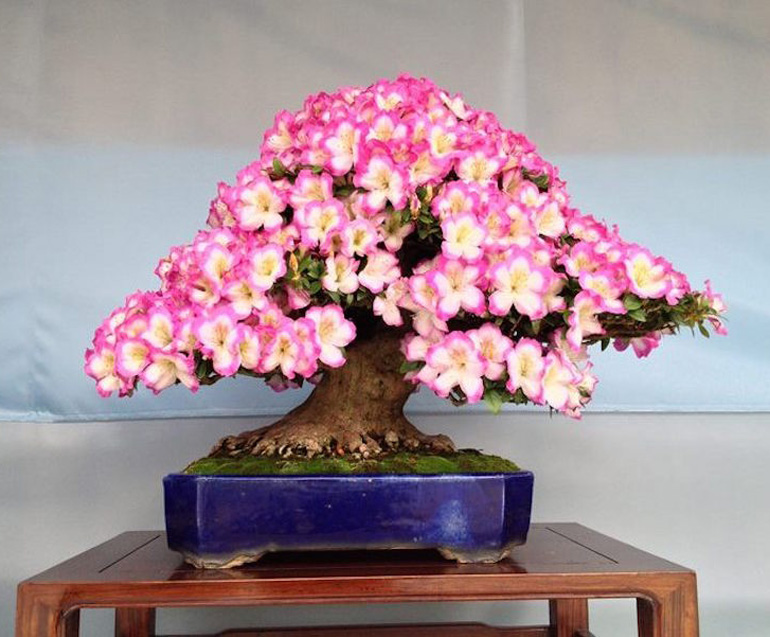
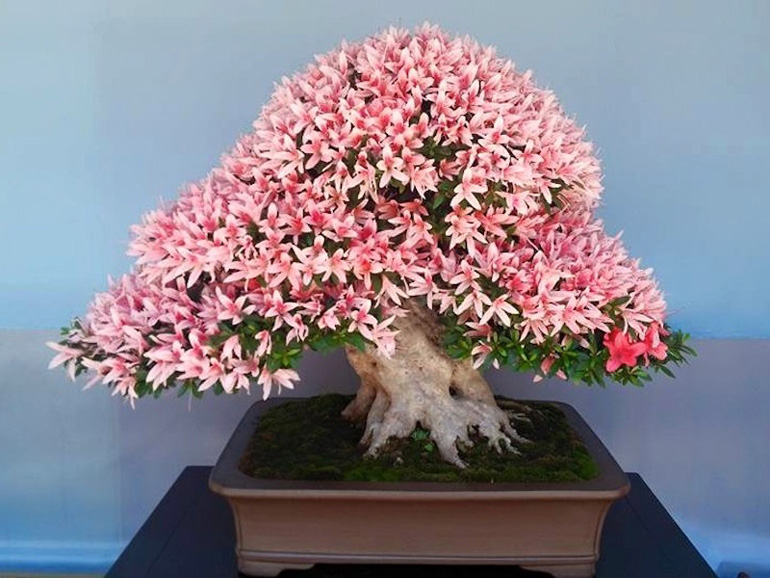
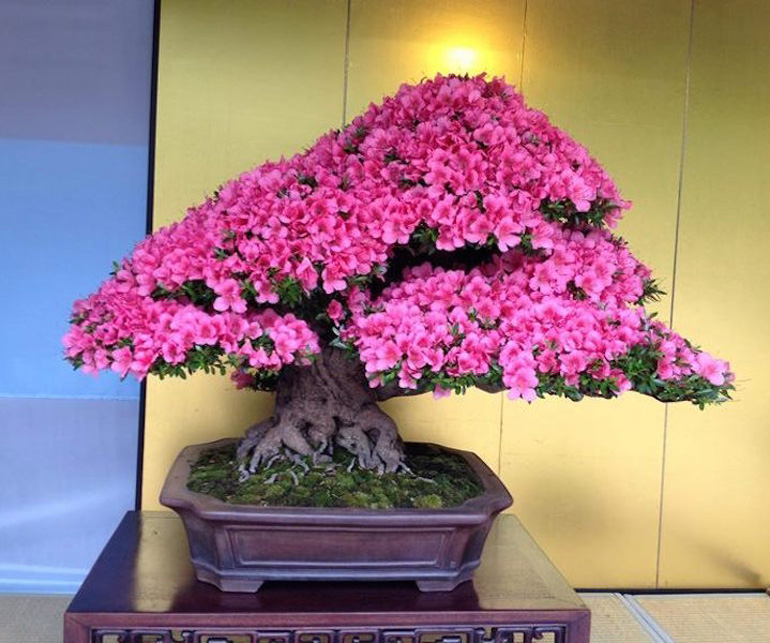
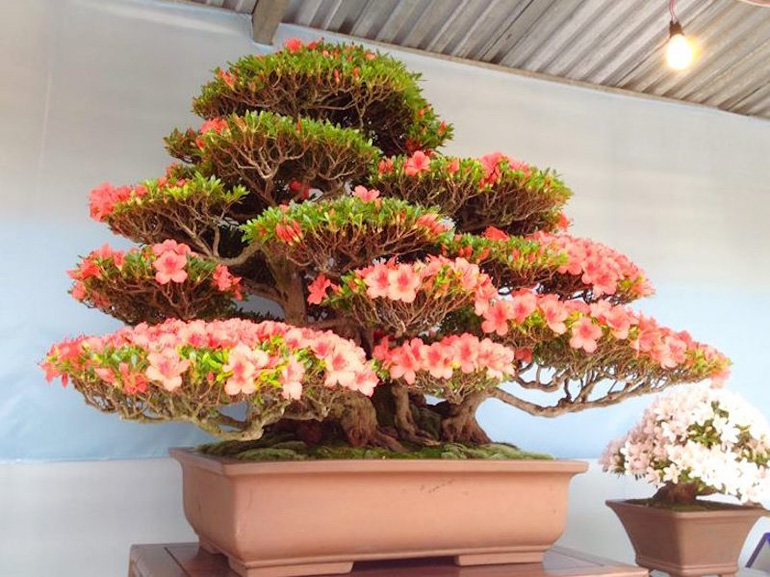
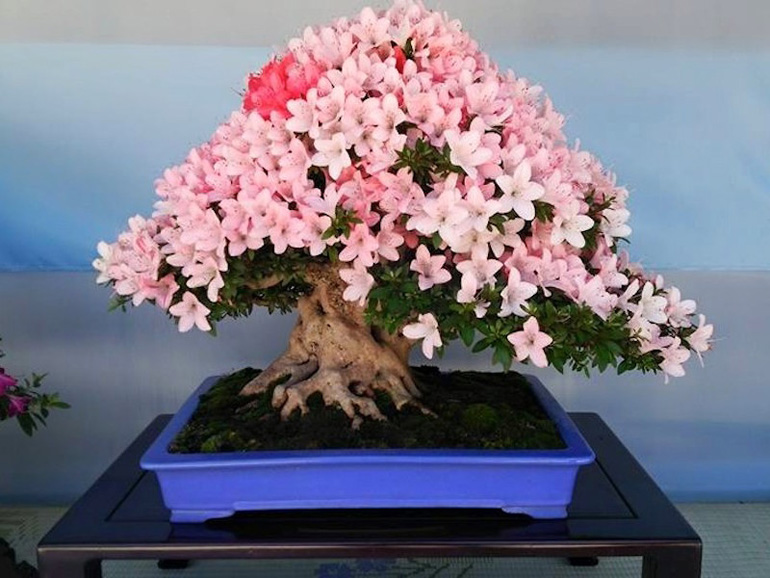
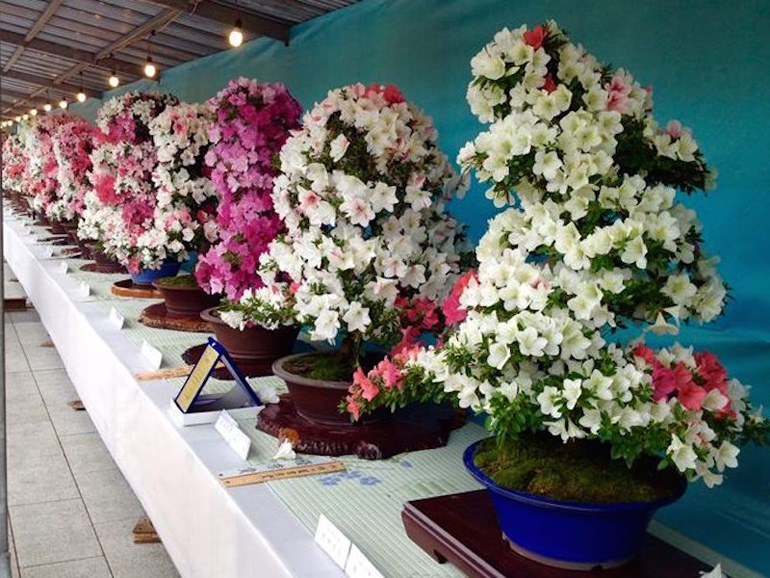
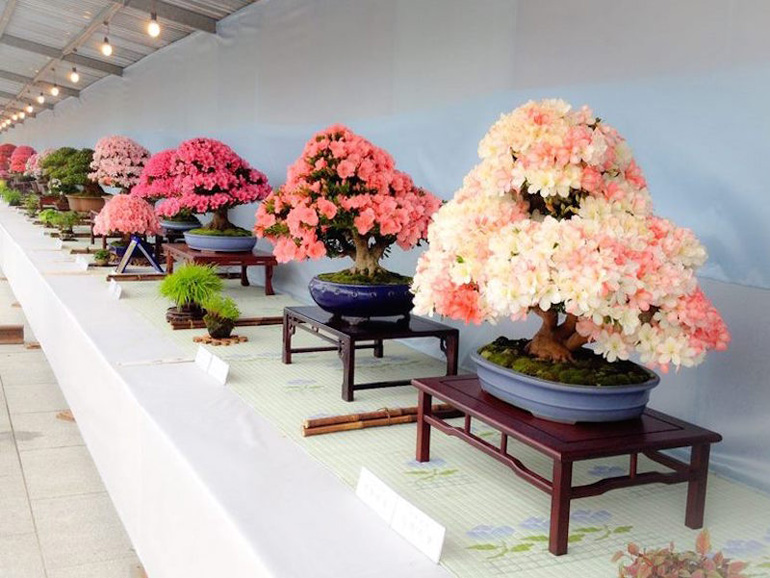
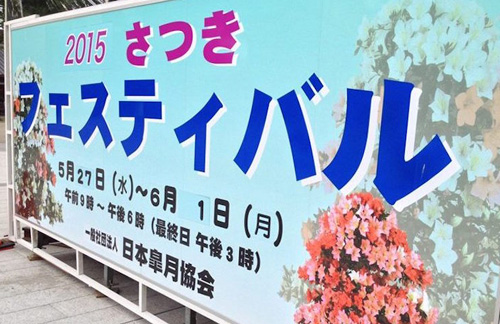
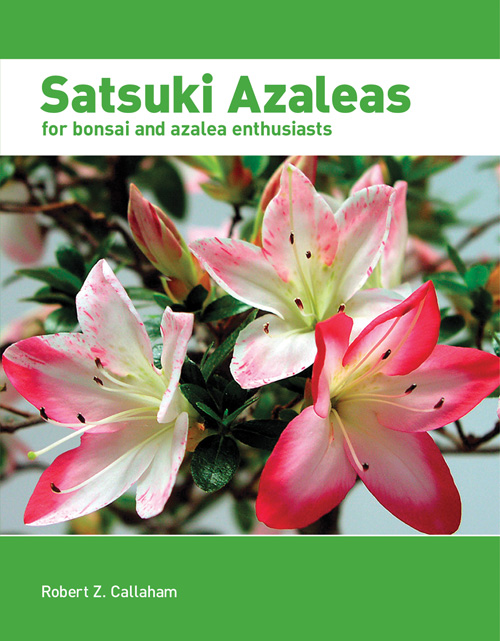
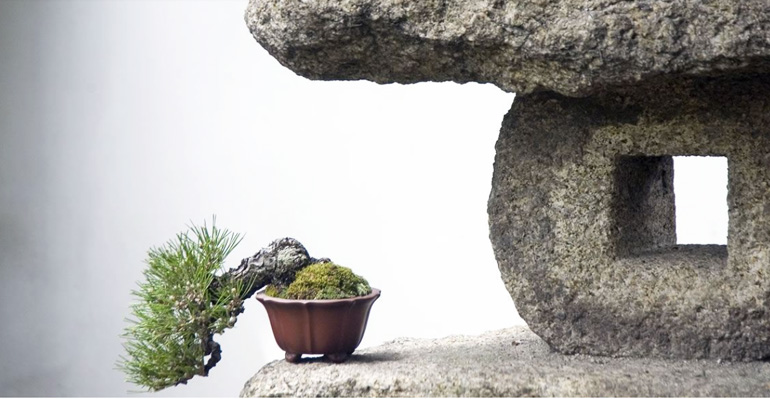
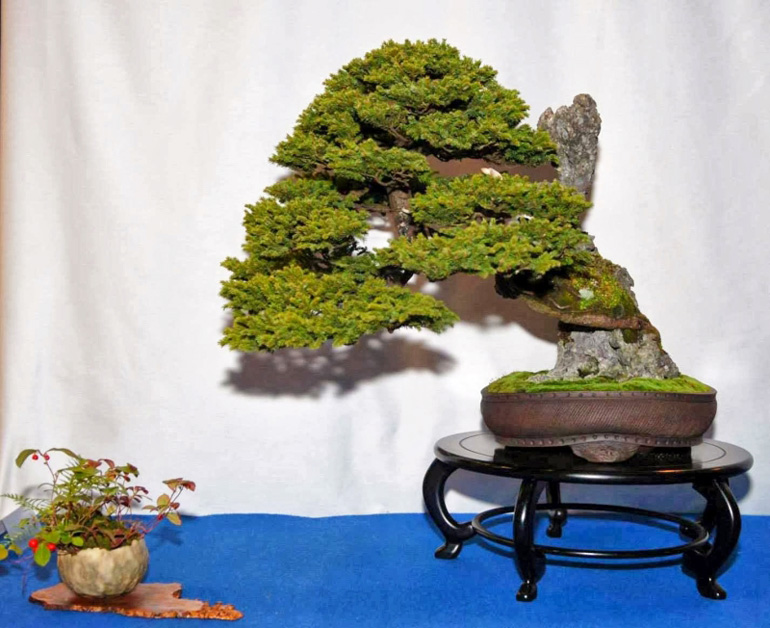 This photo is one of
This photo is one of 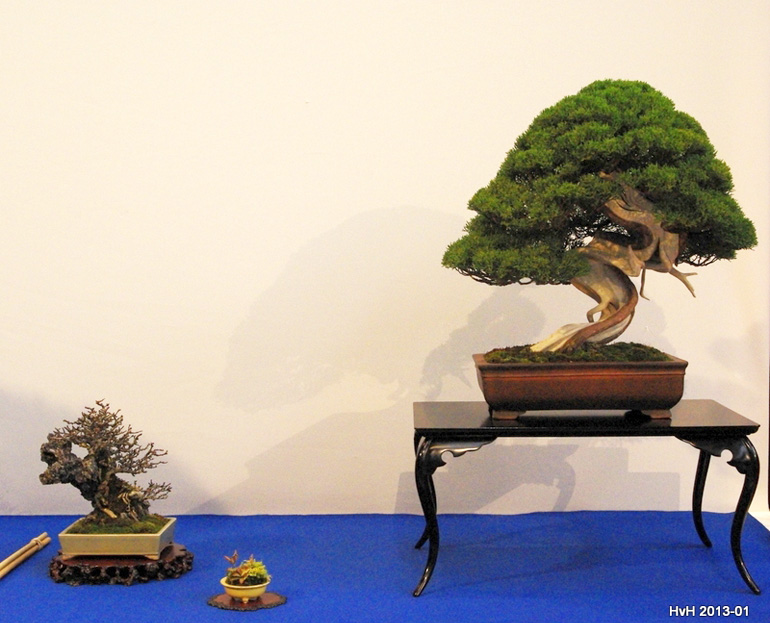
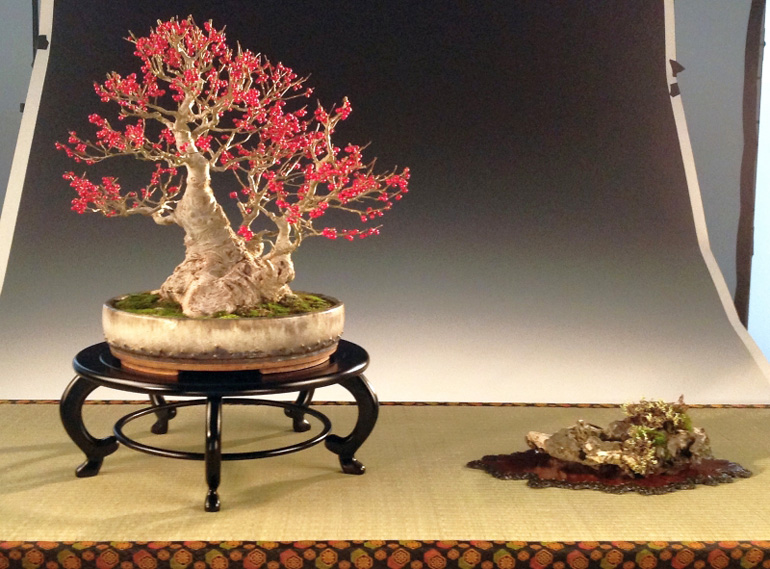
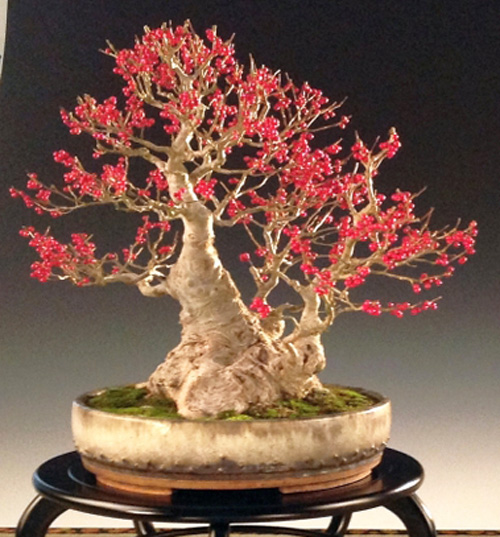
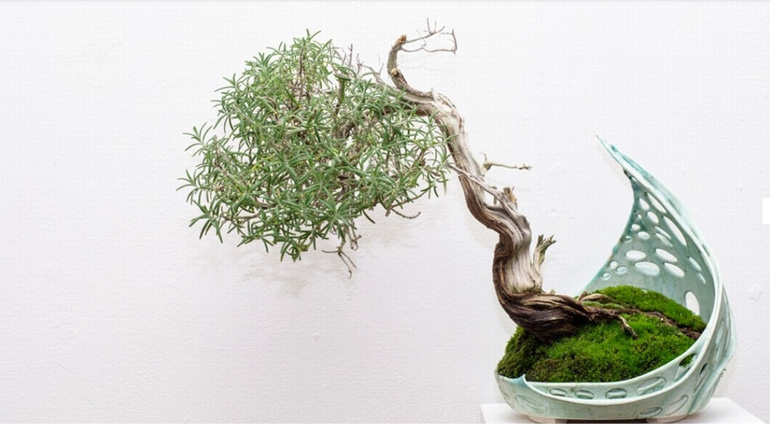
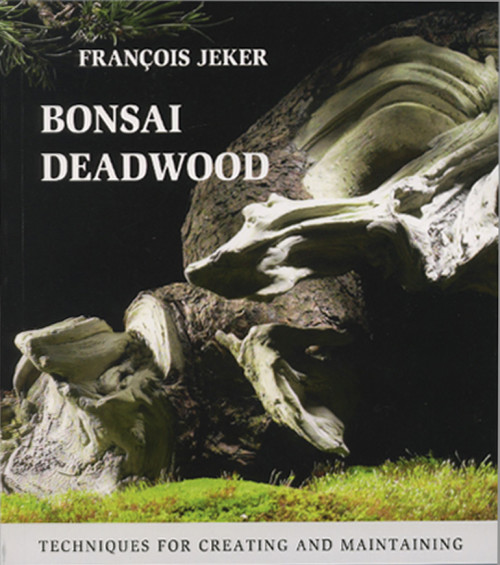
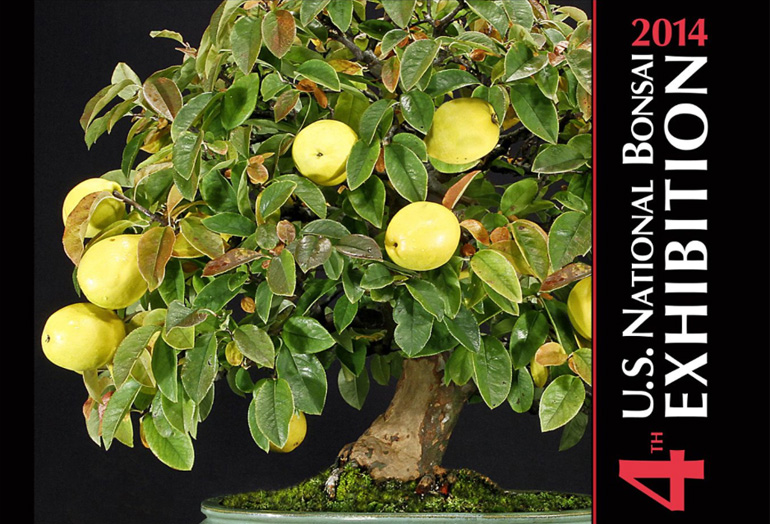
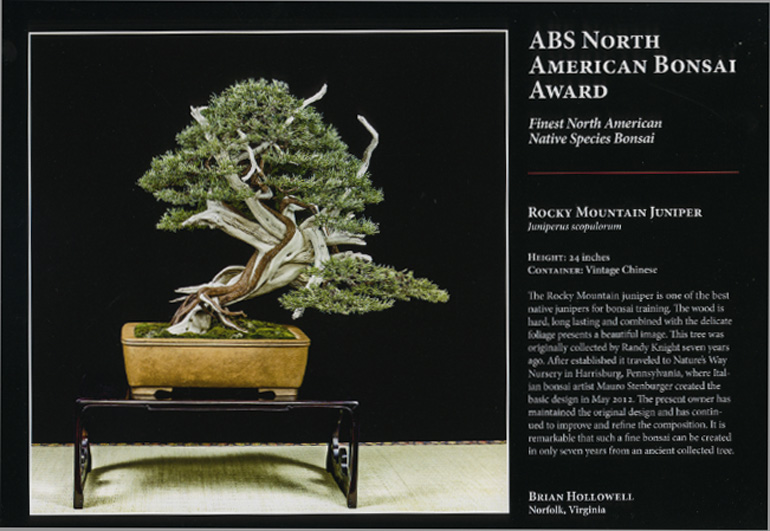
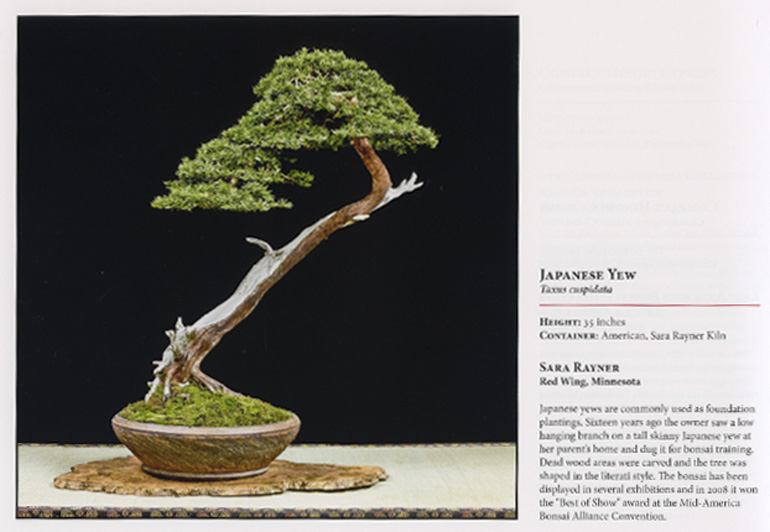 This one jumped out at me for a couple reasons. First, I don't think I'd ever seen a literati style Yew, and second, the bonsai artist and the potter are the same person. Sara Rayner. This doesn't happen every day.
This one jumped out at me for a couple reasons. First, I don't think I'd ever seen a literati style Yew, and second, the bonsai artist and the potter are the same person. Sara Rayner. This doesn't happen every day.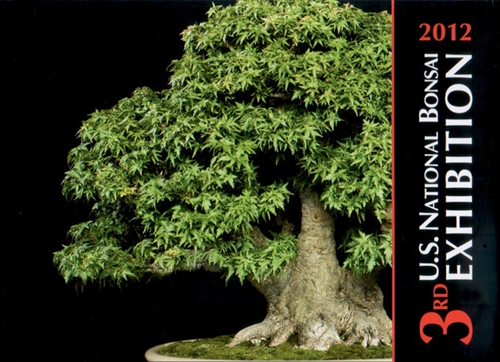 While they last.
While they last. 







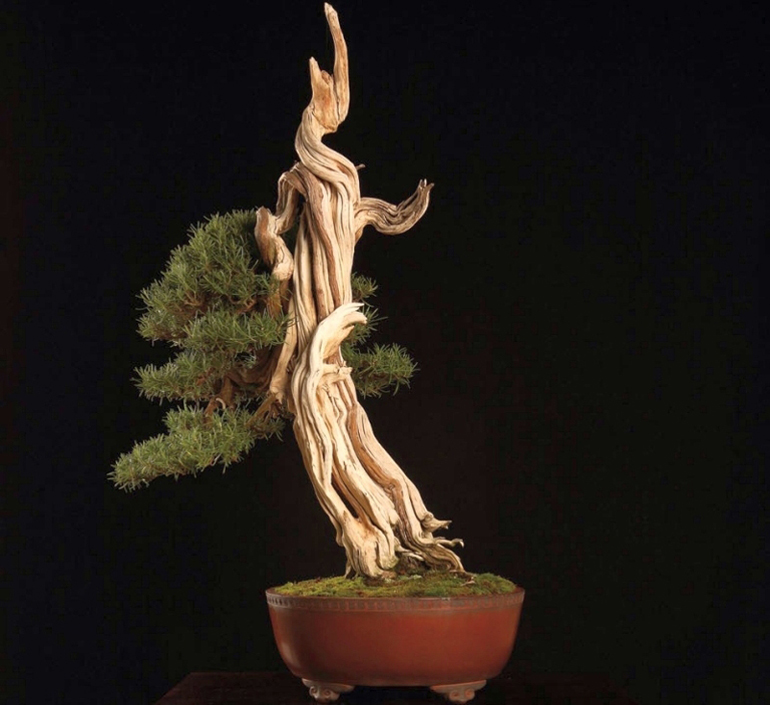
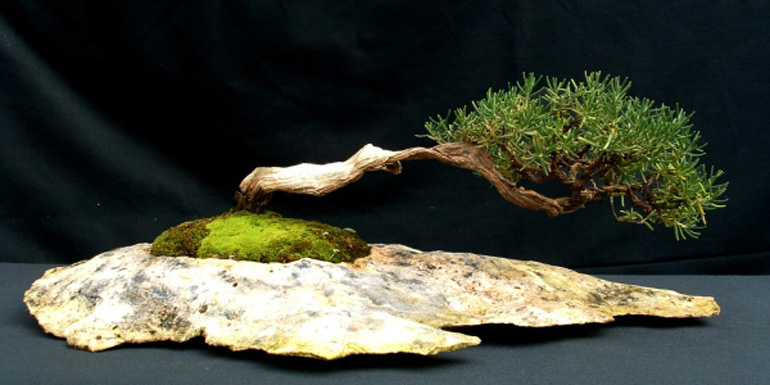
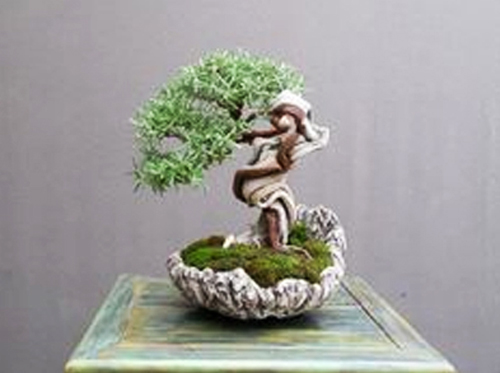
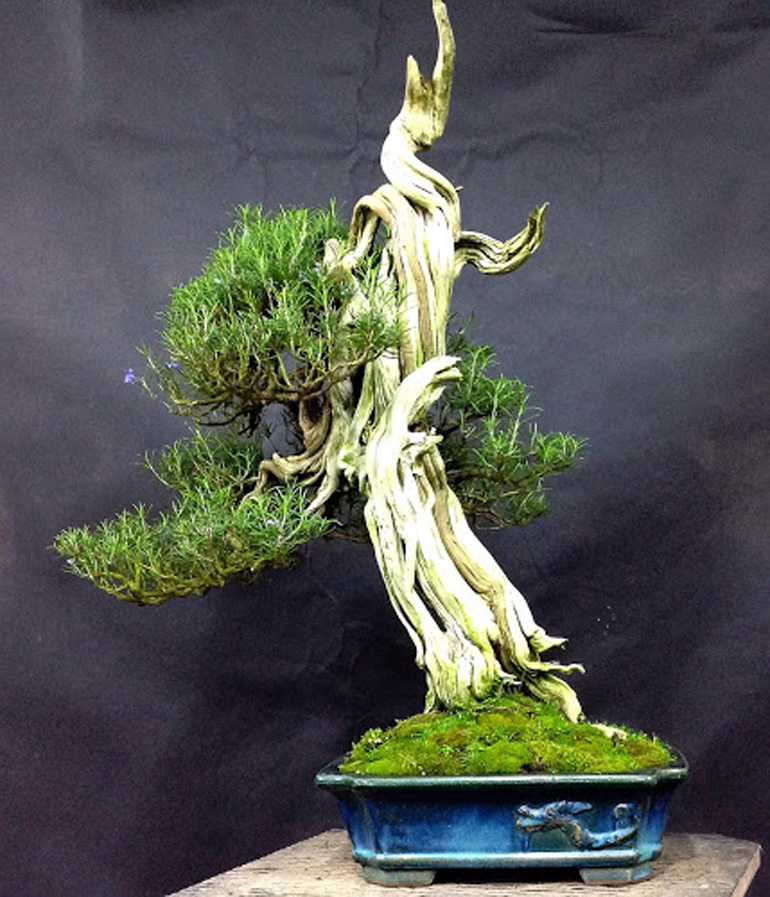
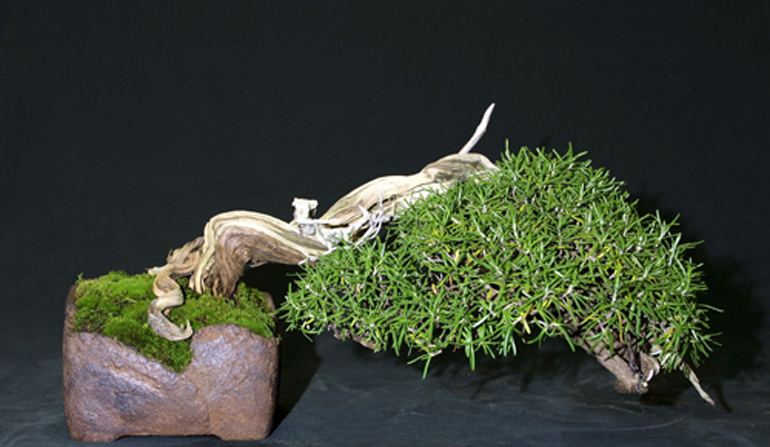
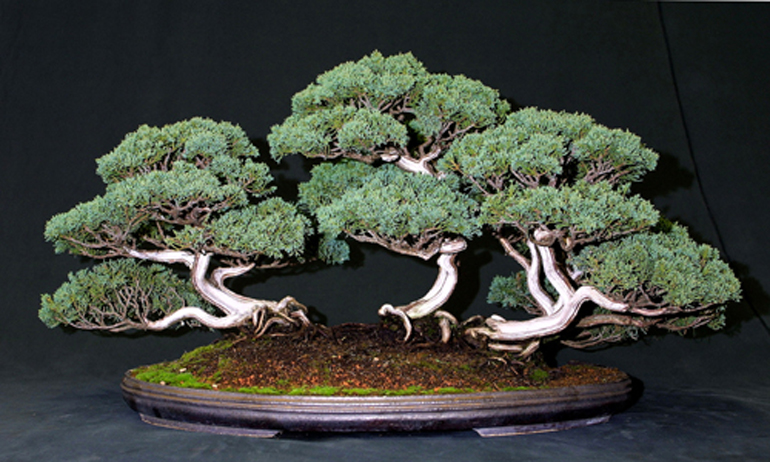
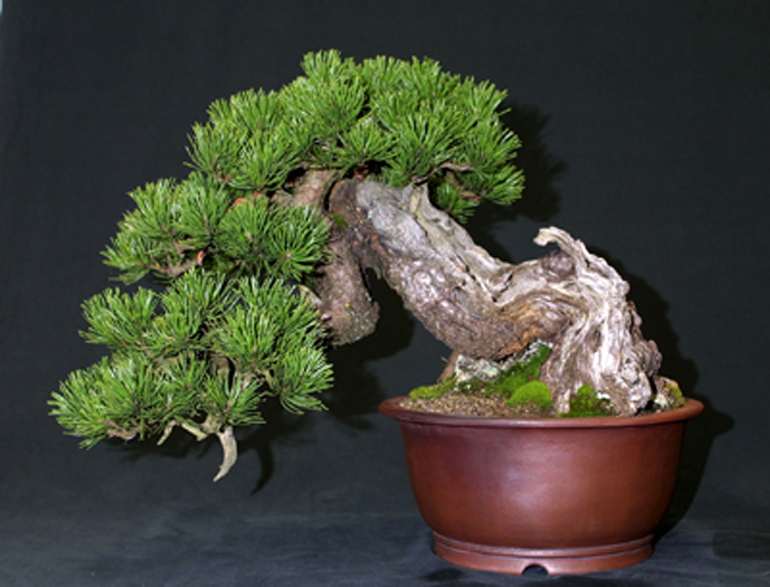
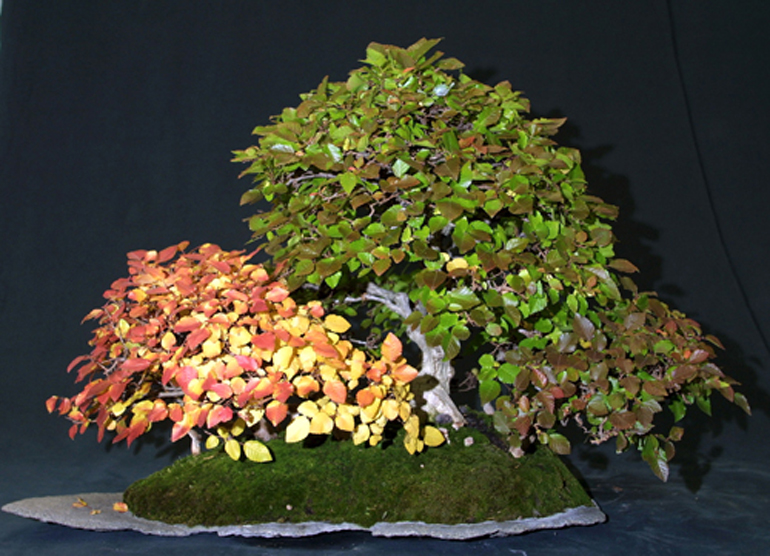
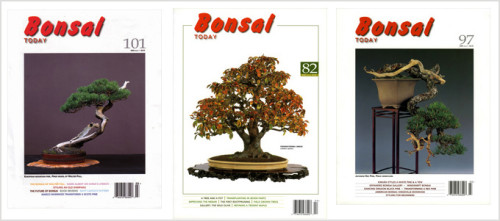
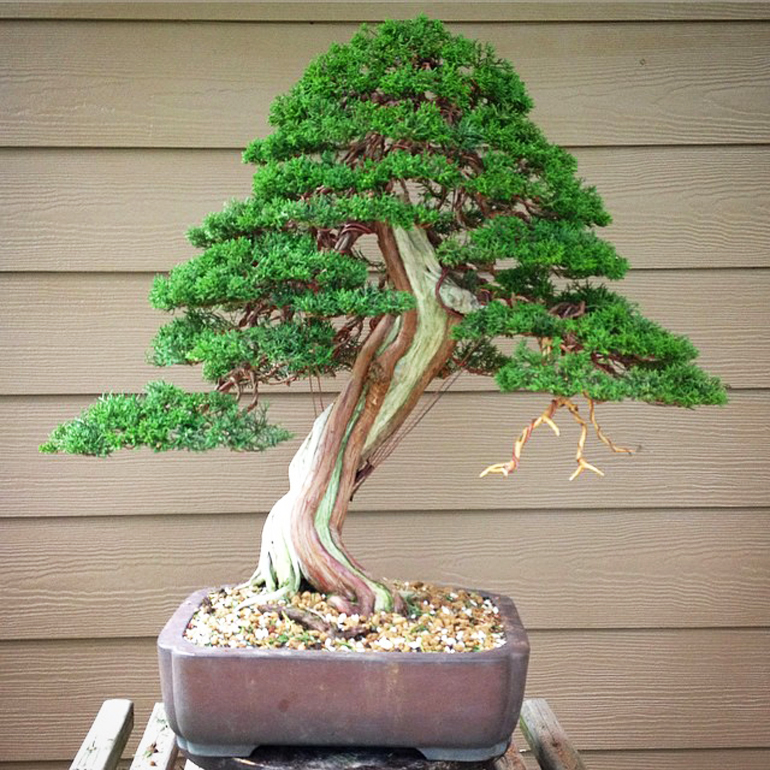
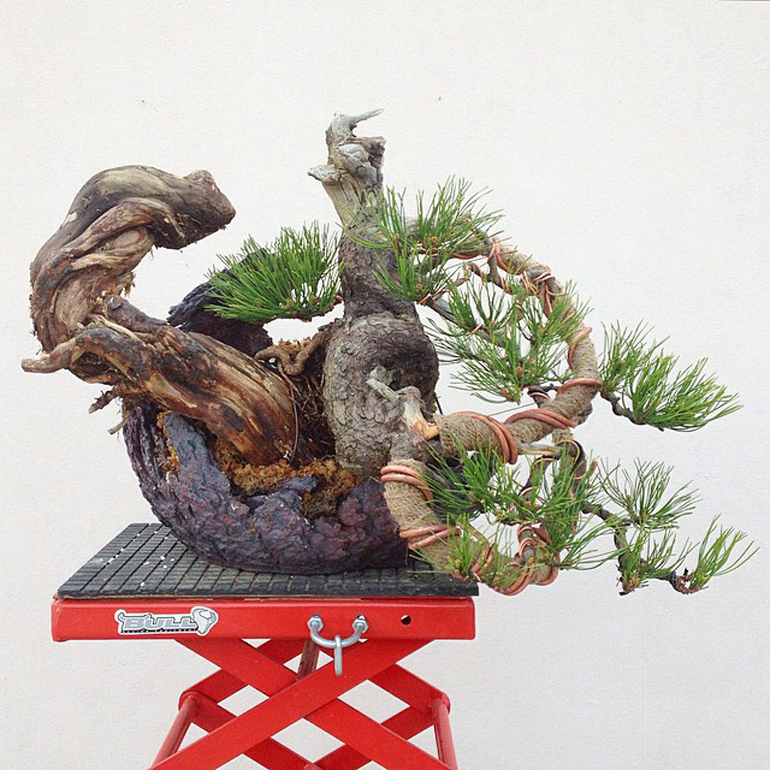

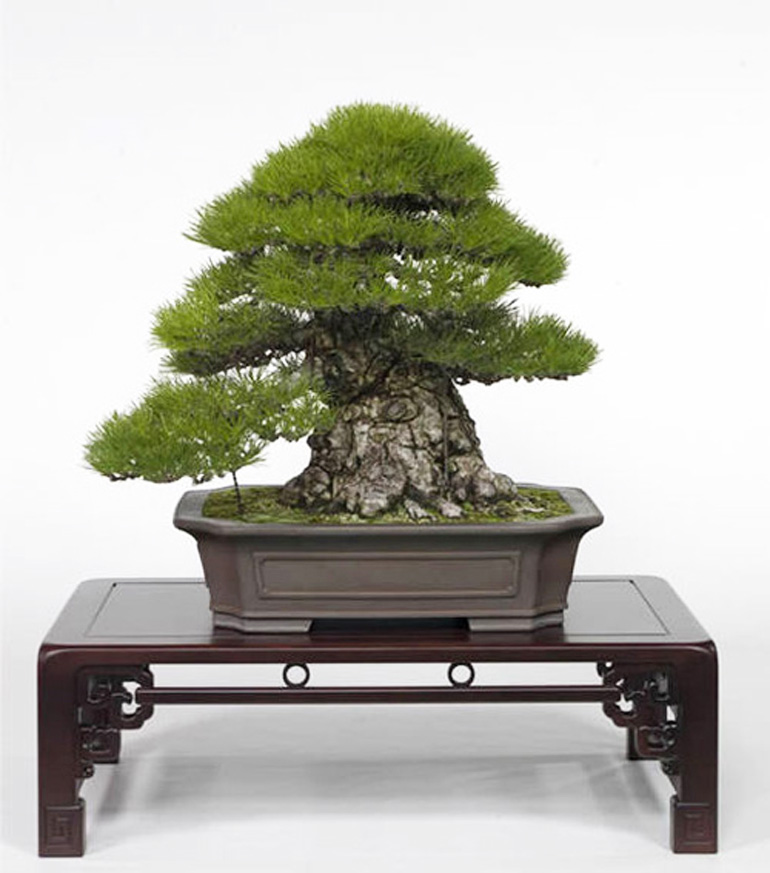
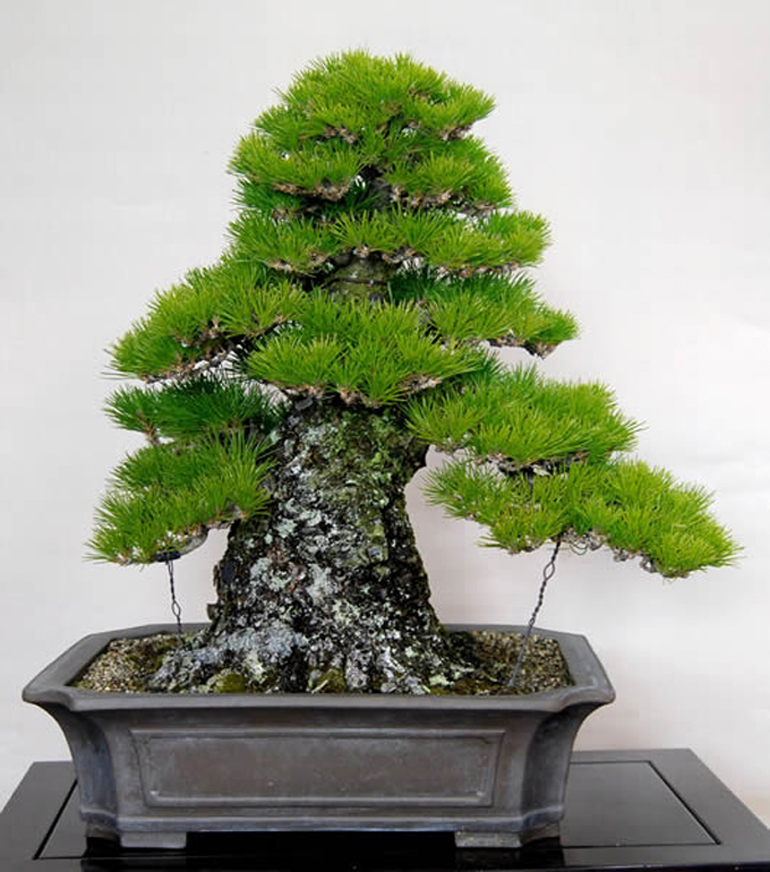
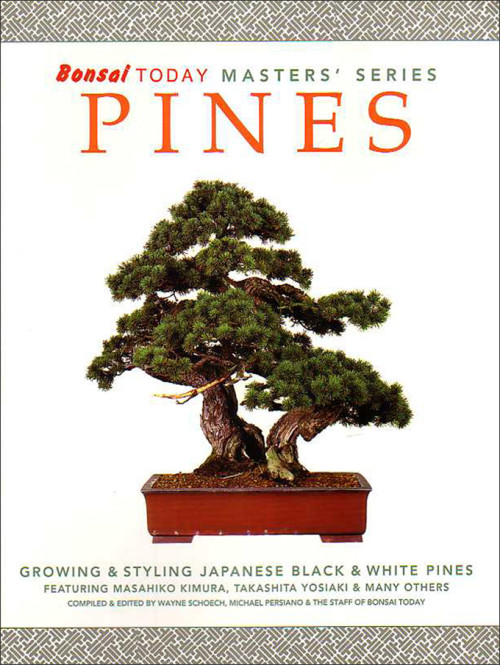
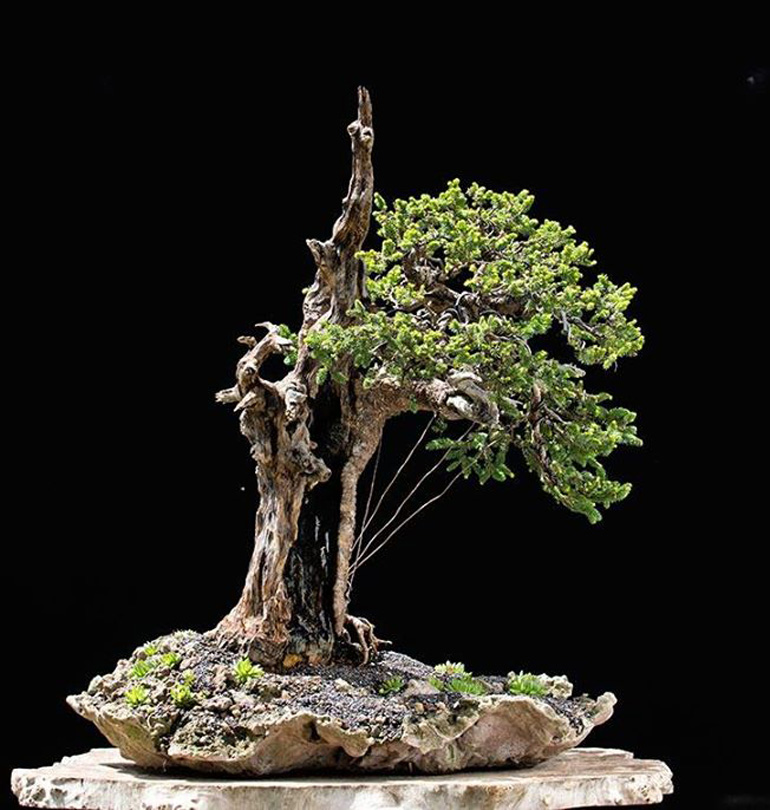
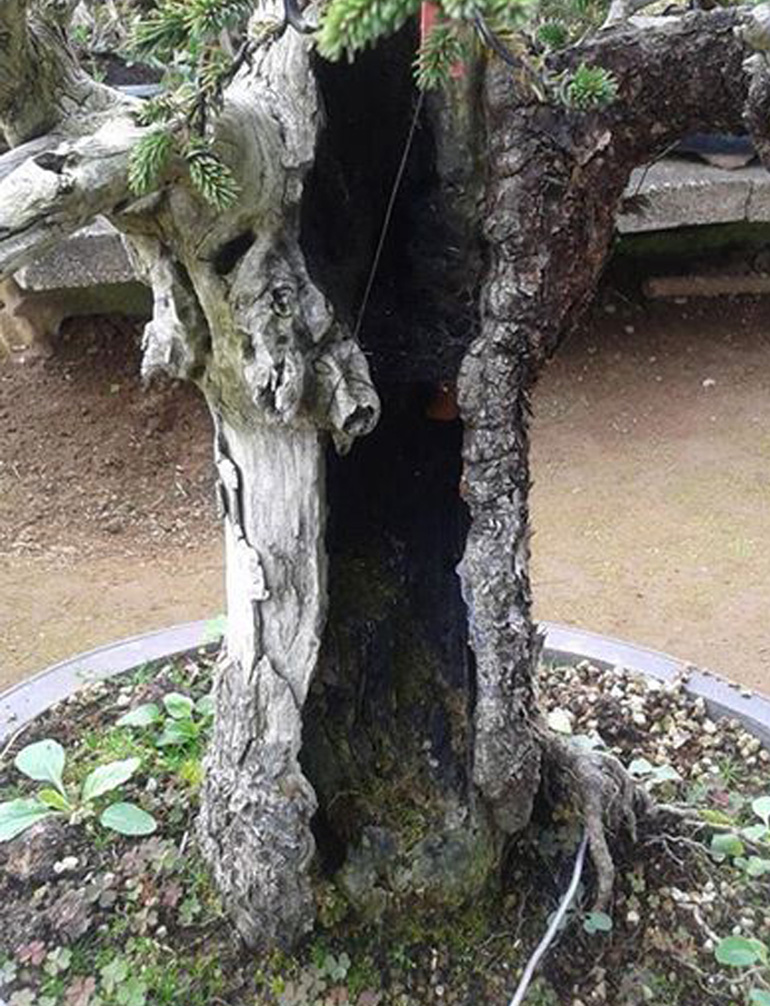 A close up of the large sabamiki (hollow in the trunk) taken before the work shown here.
A close up of the large sabamiki (hollow in the trunk) taken before the work shown here.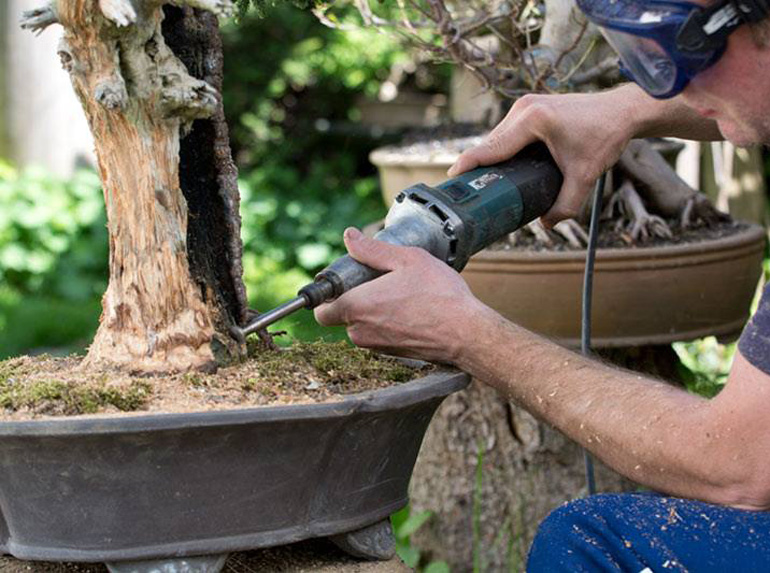
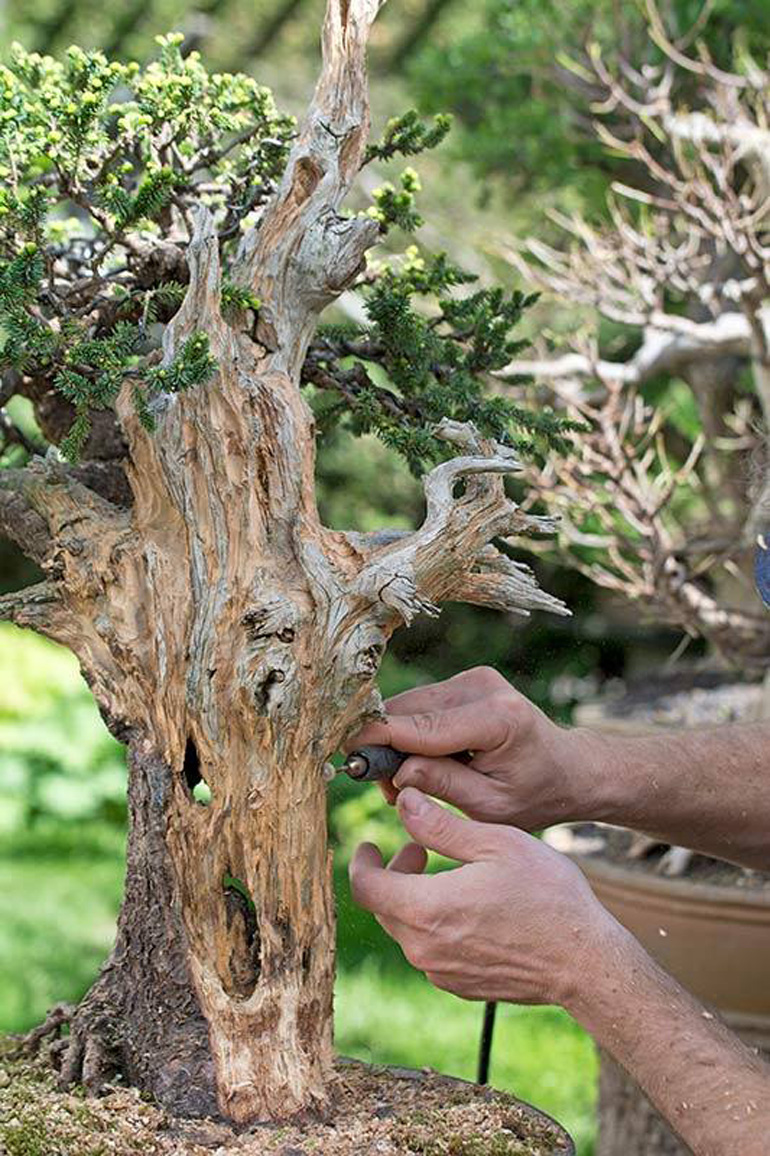
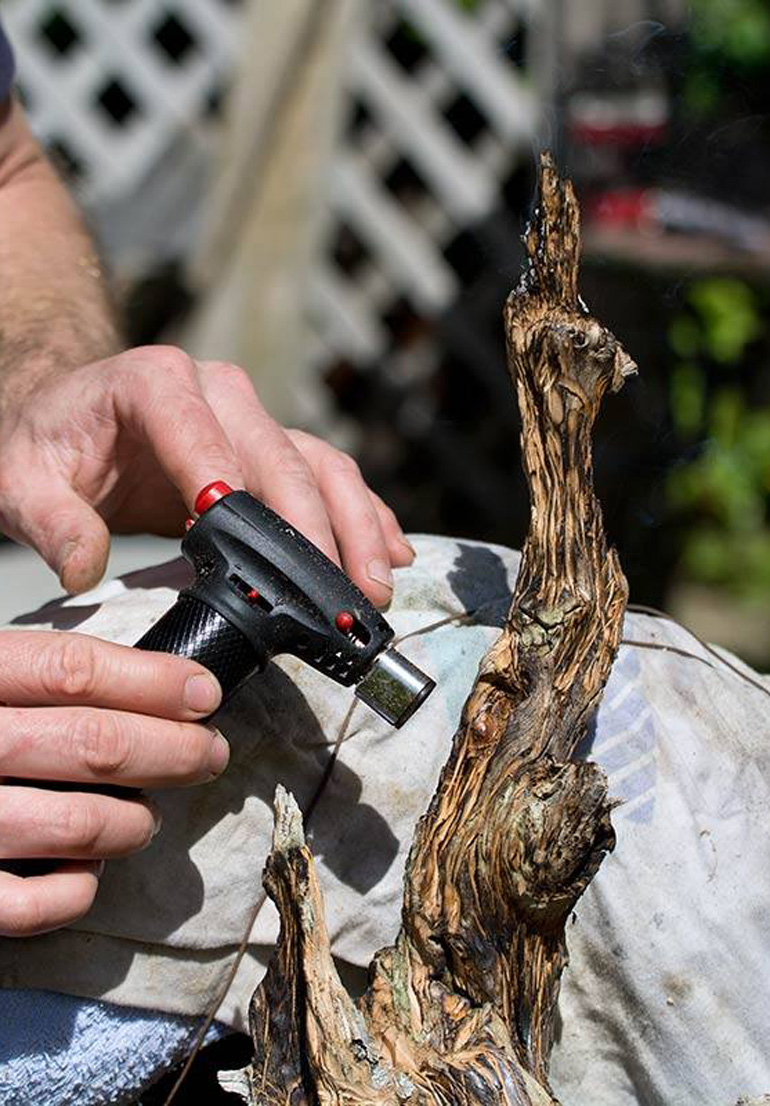 You might notice the blackened wood. If we assume that it got that way by burning, can we also assume that this is a small blow torch?
You might notice the blackened wood. If we assume that it got that way by burning, can we also assume that this is a small blow torch?